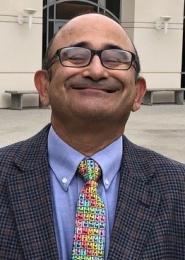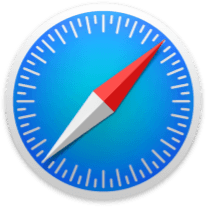With Elliott Parivar, Ph.D., Former Horticulture Professor
This class offers a detailed analysis of how garden plants thrive. We'll cover organic vs. inorganic gardening and fertilizers, soils and composting, common diseases and pests, adaptations and protection, special structures, and seed and fruit production. Delve into plant anatomy, physiology, chemistry, and nutrition, in an easy-to-understand language. After taking this class, you will never look at your salad or fruits the same way!
This is a very short list of topics discussed in class:
- The edible part of a radish plant is not its root. It is the transition between root and stem, known as a hypocotyl, which becomes swollen and fleshy. The radishes' root is the stringy appendage that gets discarded!
- What is referred to as a ginger "root" is actually a rhizome, which is a type of underground stem, with nodes and internodes. A potato is a tuber, which is another type of underground stem.
- Botanically speaking, a strawberry is not a fruit! It is the receptacle of a flower that has become fleshy and edible. What is referred to as strawberry seeds are one-seeded fruits known as achenes!
- A sunflower seed is also a one-seeded fruit (achene). A sunflower flower is not just a flower. It is an inflorescence consisting of hundreds of ray and disc flowers, arranged spirally!
- The fruit of a banana is a berry, a peach is a drupe, and an orange is a hesperidium.
- When you eat an apple, you’re actually eating a fleshy perianth tube. The botanical fruit itself is the core that gets discarded.
Register by September 26.
![]()
Tues., Oct. 1-22 • 10:30 a.m.-12 p.m.
Registration is closed.






